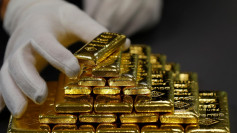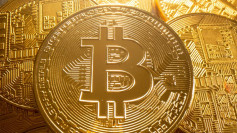Gold prices surged to a record high on Tuesday, driven by investor demand for safe-haven assets following President Donald Trump's decision to raise tariffs on steel and aluminum imports. The move, which imposes a flat 25% duty on the metals without exceptions, has heightened fears of a global trade war and potential economic repercussions.
Spot gold peaked at $2,942.70 per ounce in Asian trading before slightly retreating to $2,909.49, still 0.1% higher on the day. U.S. gold futures followed a similar trend, trading at $2,936.10 per ounce. Analysts say bullion's continued climb brings the psychologically significant $3,000 per ounce level within reach, marking the eighth record high for gold in 2025.
"Uncertainty and unpredictability about Trump's presidency could sweeten appetite for gold," said Lukman Otunuga, senior research analyst at FXTM. He added that increased trade tensions could push investors toward assets traditionally viewed as hedges against economic volatility.
The spike in gold prices coincides with growing concerns over inflation in the U.S., which may delay anticipated interest rate cuts by the Federal Reserve. Analysts are closely monitoring Fed Chair Jerome Powell's upcoming testimony and key U.S. inflation data, expected on Wednesday, for signals on future monetary policy. A Reuters poll suggests the Fed is likely to wait until the next quarter before considering rate cuts, as inflationary pressures from tariffs could complicate its policy decisions.
"Any surprise in Powell's testimony or a downside surprise in the CPI report may cause gold to experience a technical correction," Otunuga noted. Despite the risk of short-term volatility, analysts say the broader trend for gold remains bullish.
Reuters technical analyst Wang Tao projected that gold may extend its rally to the $2,950-$2,962 range before reversing course. Market participants are also watching developments in India, where gold leasing rates have reached record highs. The increase follows a supply crunch, as banks divert gold reserves to the U.S. to circumvent potential tariffs.






